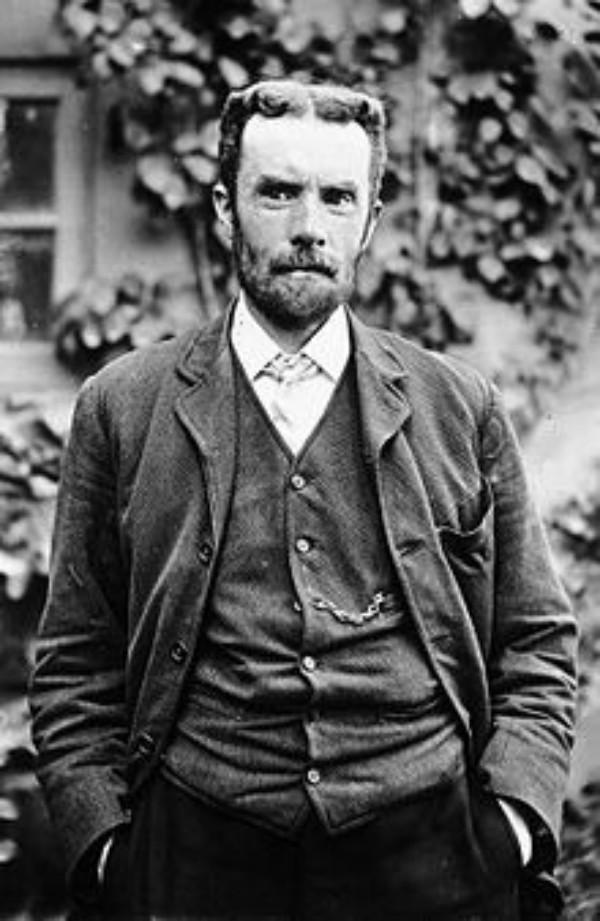Heaviside is about in the same league as Nikola Tesla, although he probably has a broader influence than Tesla had, due to the different branches of science that his work was applied to. Like Tesla, he could have been a multimillionaire, but he did not go around patenting everything like Edison and others did, and he also poked fun at some of his peers (like Einstein’s Theory of Relativity), and so he also died in relative obscurity.
What is also amazing, is that his achievements were not as the result of any formal university education, as his parents were too poor to keep him in school after he was 16 years old.
It is also thanks to him that long distance telegraph could work effectively, yet AT&T patented his theory, and the rest was AT&T’s history.
Heaviside developed the transmission line theory (also known as the “telegrapher’s equations”), which had the effect of increasing the transmission rate over transatlantic cables by a factor of ten. It originally took ten minutes to transmit each character, and this immediately improved to one character per minute. Closely related to this was his discovery that telephone transmission could be greatly improved by placing electrical inductance in series with the cable. Heaviside also independently discovered the Poynting vector.
Heaviside advanced the idea that the Earth’s uppermost atmosphere contained an ionized layer known as the ionosphere; in this regard, he predicted the existence of what later was dubbed the Kennelly–Heaviside layer. In 1947 Edward Victor Appleton received the Nobel Prize in Physics for proving that this layer really existed. This is what helps make radio transmissions follow the curvature of the Earth over the horizon, instead of just passing straight out into space.
In 1891 the British Royal Society recognised Heaviside’s contributions to the mathematical description of electromagnetic phenomena by naming him a Fellow of the Royal Society, and the following year devoting more than fifty pages of the Philosophical Transactions of the Society to his vector methods and electromagnetic theory. In 1905 Heaviside was given an honorary doctorate by the University of Göttingen.
See https://en.wikipedia.org/wiki/Oliver_Heaviside
#technology #innovation #oliverheaviside #England

